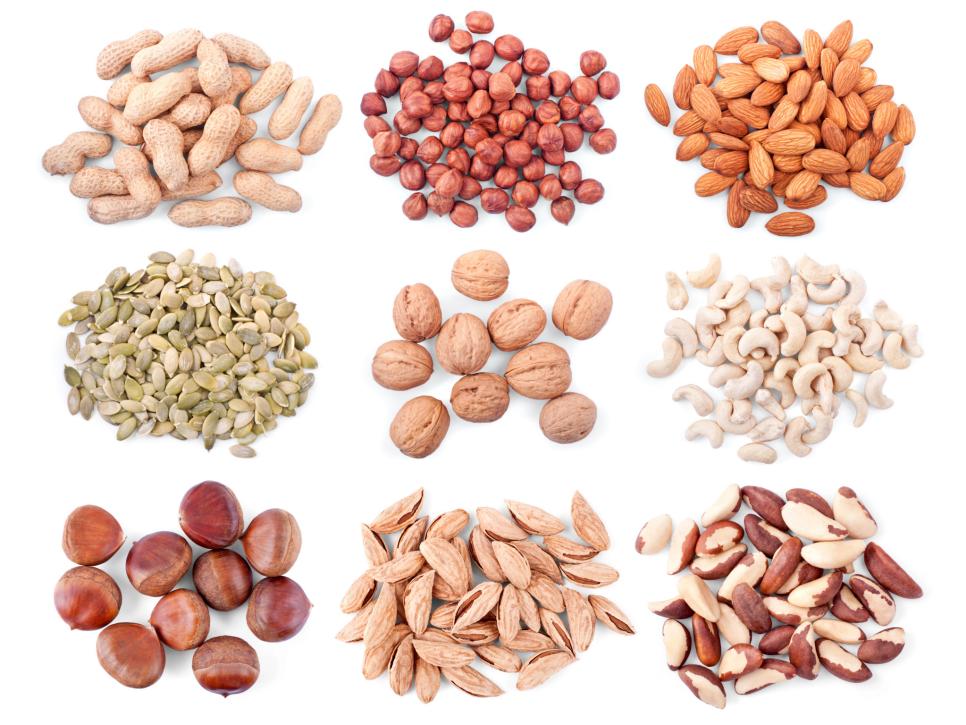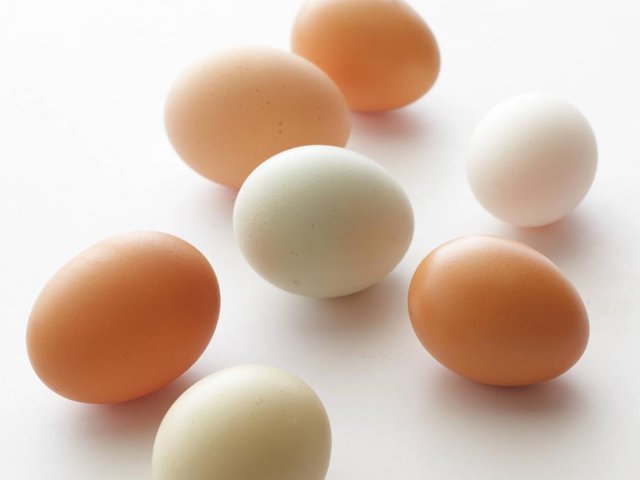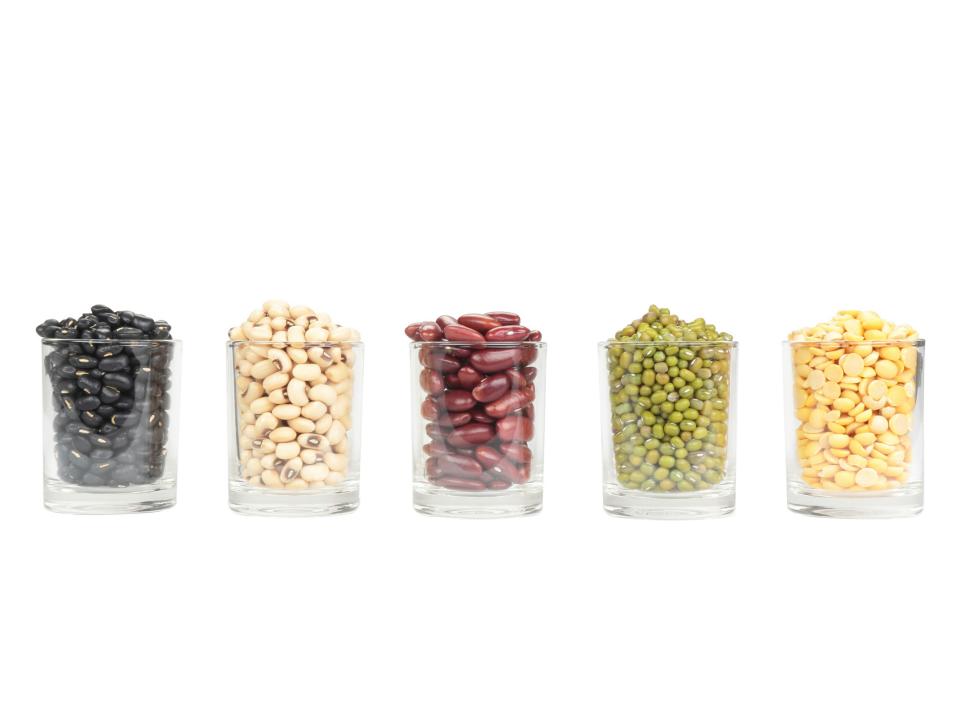Workout & Food To Eat That Blasts Fat In 15 Minutes For Healthy-Living
How does it works?
You'll begin with an active warm-up and quick stretch to get your body ready to work before moving right into core exercises. This is followed by a strength and stability sequence called the Kore 4. From there, you'll move into the fast-paced HIIT section of the workout until you lower your heart rate for a quick cool-down and much-deserved stretch to finish things off. (Want more HIIT? Then you'll love these 8 No-Equipment HIIT Moves You Can Do in 30 Seconds.)
Total time: 15 minutes
What you'll need: Kettlebell & positive energy
Warm-Up: Perform each of the following moves for 30 seconds each.
Jumping jacks
Inch-worm walk-out + cobra pose. From standing, roll down and walk hands out in front of you to palm plank position; transition into cobra pose.
Forward lunge with right leg + triangle stretch; switch legs. Perform a forward lunge with right leg then twist torso to the left, bring left hand inside right foot, right hand pointing toward the sky.
High knees
Deep squat hip-opener
Push-ups
Core Activation: Perform each of the following moves for 30 seconds each.
Static forearm plank Elevator plank walk-up. From forearm plank, lift up, pressing your right palm into the floor followed by your left to come into a high plank. Reverse the move and repeat.
Cross-body kick. From high plank, cross right leg under your body out at a diagonal, making sure not to let foot hit the ground.
Mountain climbers One-sided clam shell: From a supine position, arms overhead, and legs long, bring your right arm up to meet your left leg as you curl up with your core.
Full clam shell: From a supine position, arms overhead, and legs long, bring both arms up and overhead as you curl forward to tap your legs or feet.
Repeat each move, switching to left side as needed.
Kore 4: Each move should be a total of 2 minutes, broken down into four 30-second progressions.
Squat
0:00–0:30: Hold static squat.
0:30–1:00: Move through full range of motion for the squat, using two counts to come up and two counts to lower back down.
1:00–1:30: Move through full range of motion for the squat at single count.
1:30–2:00: Perform full squat with a hop at the top.
Side Plank to Triceps Push-Up
0:00–0:30: Hold side forearm plank on the right.
0:30–1:00: Return to center and perform triceps push-up. Come down to knees if you need to modify..
1:00–1:30: Hold side forearm plank on the left.
1:30–2:00: Return to center to perform triceps push-up.
Reaction Drill
0:00–0:30: Stand with feet wide to perform a football high-speed run in place.
0:30–1:00: In 6-second intervals, drop down to perform a burpee. Repeat run-burpee sequence.
1:00–1:30: Repeat football run.
1:30–2:00: Repeat 6-second run-burpee intervals.
Punch Sequence
0:00–0:30: Alternate right and left jabs to the front.
0:30–1:00: Alternate right and left cross-body punches.
1:00–1:30: Perform 2 jabs, 2 cross-body punches, followed by 2 jumping jacks.
1:30–2:00: Perform 2 jabs, 2 cross-body punches, 2 jumping jacks, followed by 2 squats.
Tabata: Perform 6 rounds of each Tabata for a total of 12 cycles.
Cycle 1: 20 seconds of burpees followed by 10 seconds of rest
Cycle 2: 20 seconds of triceps presses followed by 10 seconds of rest
EMOM (Every Minute on the Minute): Perform as many of the following exercises and their associated reps as you can in a minute's time, aiming to complete all 40 reps within or before the 1-minute mark. Then jump right into the next minute-long round for a total of 4 minutes of work.
Kettlebell goblet squat x10 reps
Kettlebell shoulder press x10 reps
Kettlebell goblet squat into shoulder press x10 reps
Tuck jump x10 reps
Cool-Down: Perform as many reps of each of the following moves as feels comfortable or hold stretches for 30 seconds each.
Child's pose to cobra pose
Downward-facing dog
Pigeon pose on right
Pigeon pose on left
Right arm shoulder stretch
Left shoulder stretch
Tips:
Eat three meals a day (breakfast, lunch, and dinner); it is important to remember that dinner does not have to be the largest meal.
The bulk of food consumption should consist of fruits, vegetables, whole grains, and fat-free or low-fat milk products.
Choose lean meats, poultry, fish, beans, eggs, and nuts (with emphasis on beans and nuts).
Choose foods that are low in saturated fats, trans fats, cholesterol, salt (sodium), and added sugars; look at the labels because the first listed items on the labels comprise the highest concentrations of ingredients.
Control portion sizes; eat the smallest portion that can satisfy hunger and then stop eating.
Snacks are OK in moderation and should consist of items like fruit, whole grains, or nuts to satisfy hunger and not cause excessive weight gain.
Avoid sodas and sugar-enhanced drinks because of the excessive calories in the sodas and sugar drinks; diet drinks may not be a good choice as they make some people hungrier and increase food consumption.
Avoid eating a large meal before sleeping to decrease gastroesophageal reflux and weight gain.
If a person is angry or depressed, eating will not solve these situations and may make the underlying problems worse.
Avoid rewarding children with sugary snacks; such a pattern may become a lifelong habit for people.
Avoid heavy meals in the summer months, especially during hot days.
A vegetarian lifestyle has been promoted for a healthy lifestyle and weight loss; vegetarians should check with their physicians to be sure they are getting enough vitamins, minerals, and iron in their food.
Cooking foods (above 165 F) destroys most harmful bacteria and other pathogens; if you choose to eat uncooked foods like fruits or vegetables, they should be thoroughly washed with running treated (safe to drink) tap water right before eating.
Avoid eating raw or undercooked meats of any type.
Tips for special situations:
People with diabetes should use the above tips and monitor their glucose levels as directed; try to keep the daily blood glucose levels as close to normal as possible.
People with unusual work schedules (night shifts, college students, military) should try to adhere to a breakfast, lunch, and dinner routine with minimal snacking.
People who prepare food should avoid using grease or frying foods in grease.
People trying to lose weight (body fat) should avoid all fatty and sugary foods and eat mainly vegetables, fruits, and nuts and markedly reduce his/her intake of meat and dairy products.
These vegetarian proteins are super-healthy and you should eat them frequently. Not only do they give you protein (9 grams per half cup), they are also brimming with filling fiber, heart-healthy folate and energy-creating iron.
Fish & Shellfish
Most Americans don’t eat enough fish. The American Heart Association recommends aiming for at least two 3.5-oz servings per week. Keep cans of light tuna and Alaskan salmon on hand and use it to make a sandwich filling, top a salad, or make salmon cakes.
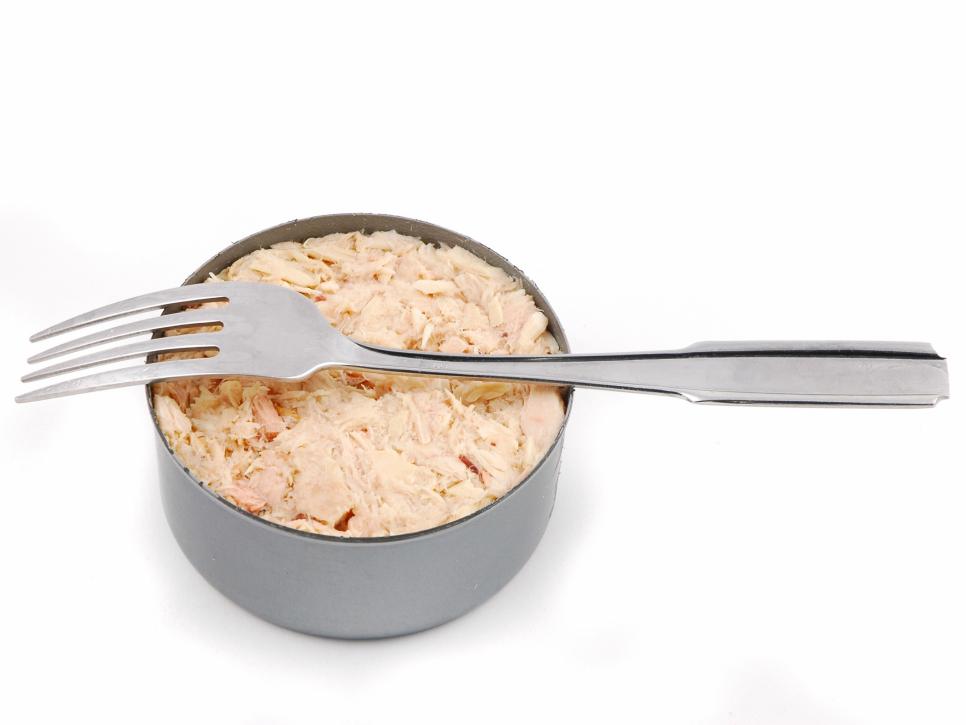
Tofu & Other Soy Foods
Soy is one of the top vegetarian protein sources. 1/2 cup of tofu gives you 8 - 10 grams of protein (depending on whether it’s soft or firm), while 1 cup of edamame gives you 17 grams. Calcium-set tofu also gives you a healthy dose of bone-building calcium, while edamame also packs a whopping 8 grams of fiber.
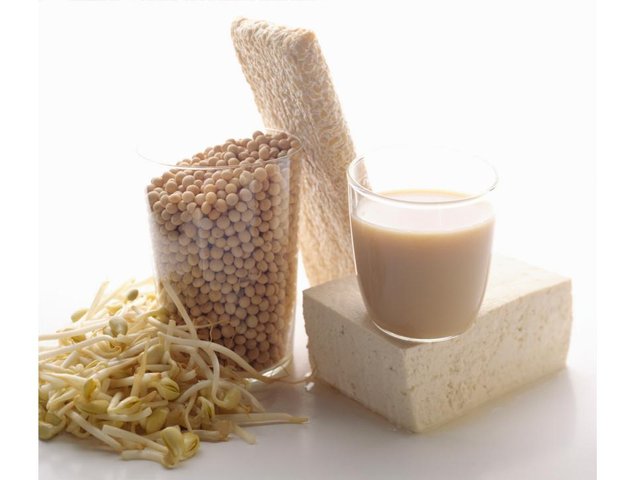
Nuts, Nut Butters & Seeds
Unless you’re allergic to them, nuts and seeds are a must-have in your diet. A Harvard research study found that they’re one of the top foods linked to weight loss. Plus they’re chockfull of healthy fats and fiber, in addition to protein. Natural peanut or almond butters are a great choice for topping your morning toast. Toss pumpkin and sunflower seeds together with dried fruit for an energizing afternoon snack.
Eggs
The incredible, edible egg is a good way to get a bit of protein in your diet. One egg offers 6 grams of protein for just 70 calories. Most of that protein is in the egg white, so an easy way to boost the protein content of your morning scramble—without going overboard on saturated fat or dietary cholesterol—is to add extra egg whites. Think outside of breakfast and add a hard-boiled egg to your salad at lunch or pack a shelled hard-boiled egg for a surprisingly satiating snack.
Beans & Lentils
These vegetarian proteins are super-healthy and you should eat them frequently. Not only do they give you protein (9 grams per half cup), they are also brimming with filling fiber, heart-healthy folate and energy-creating iron.

